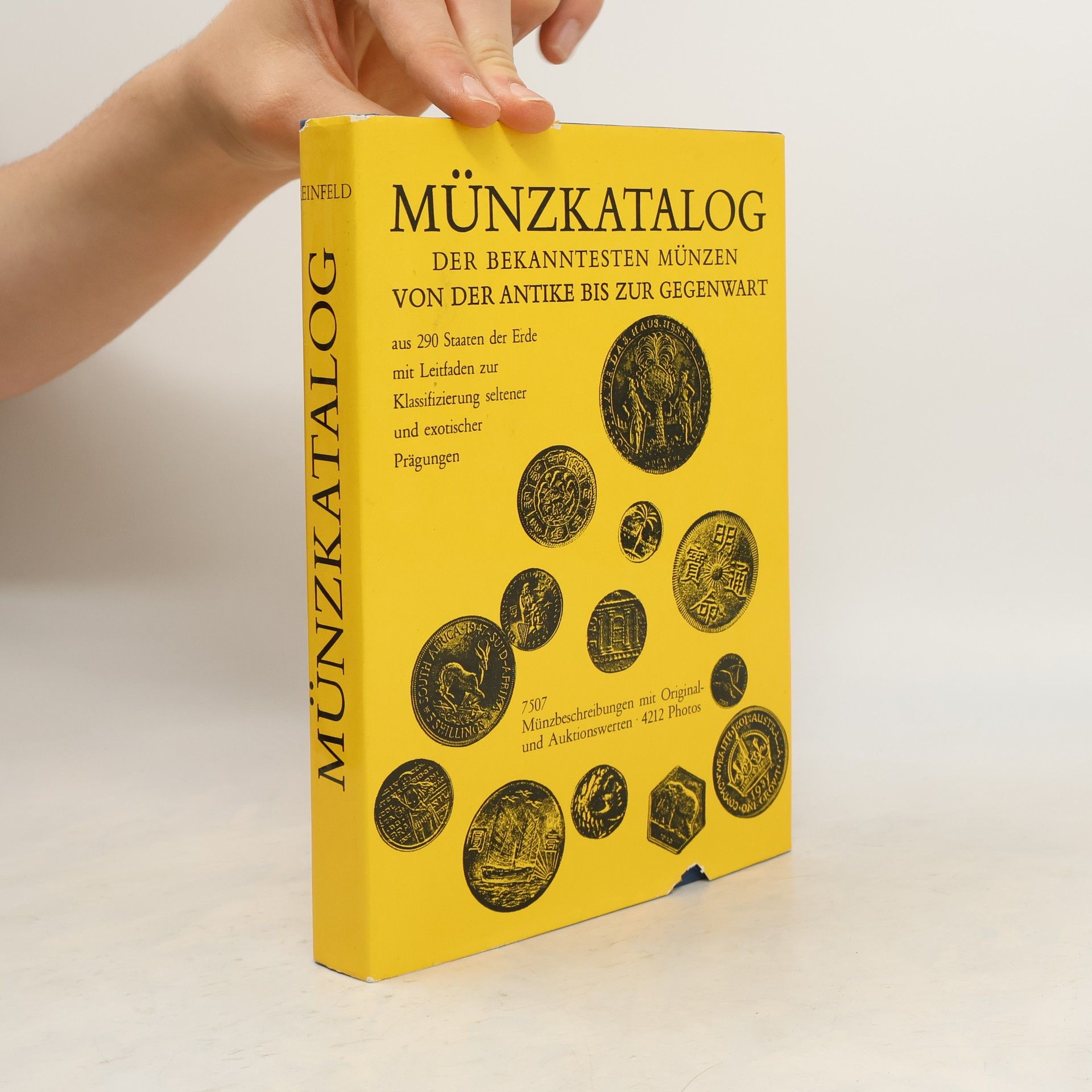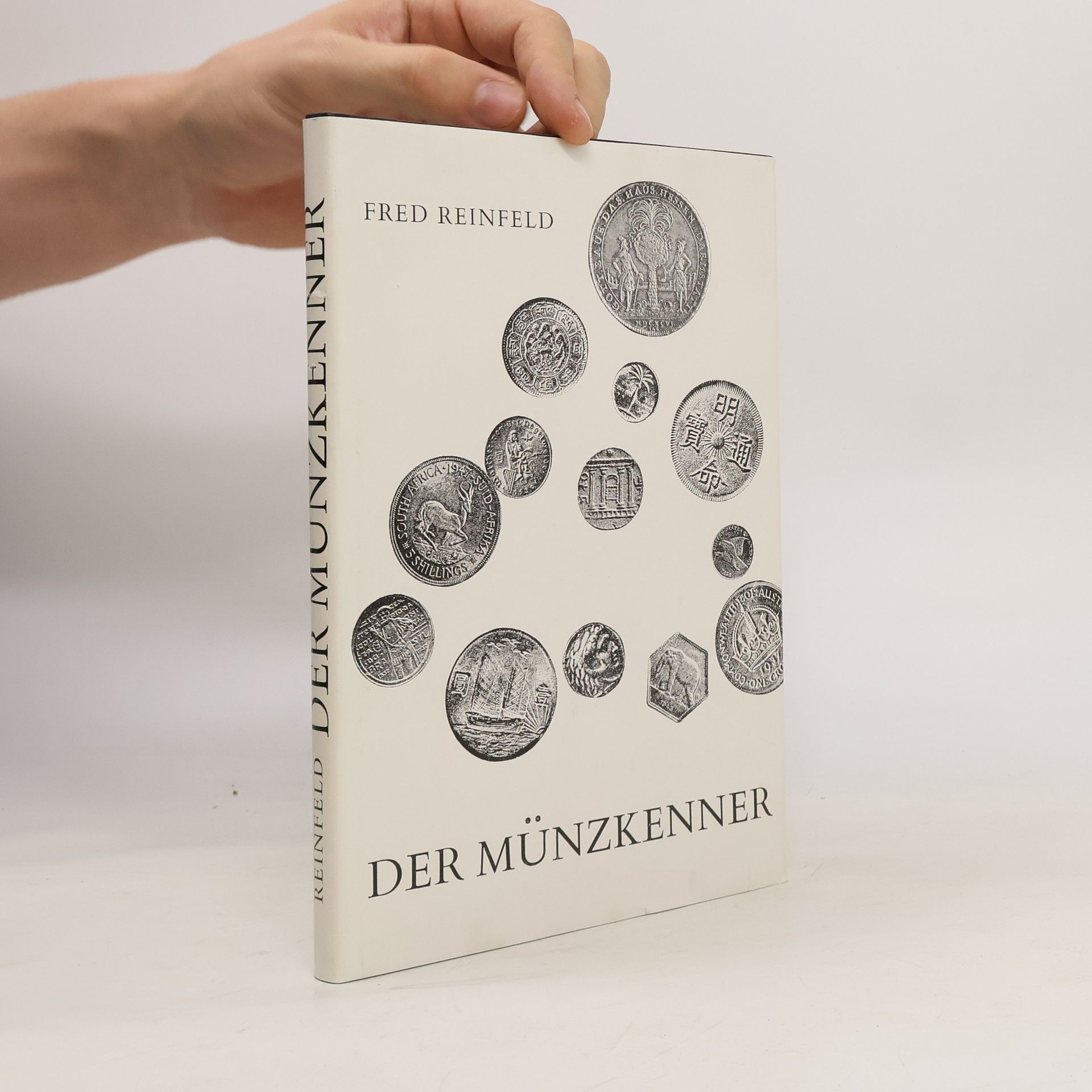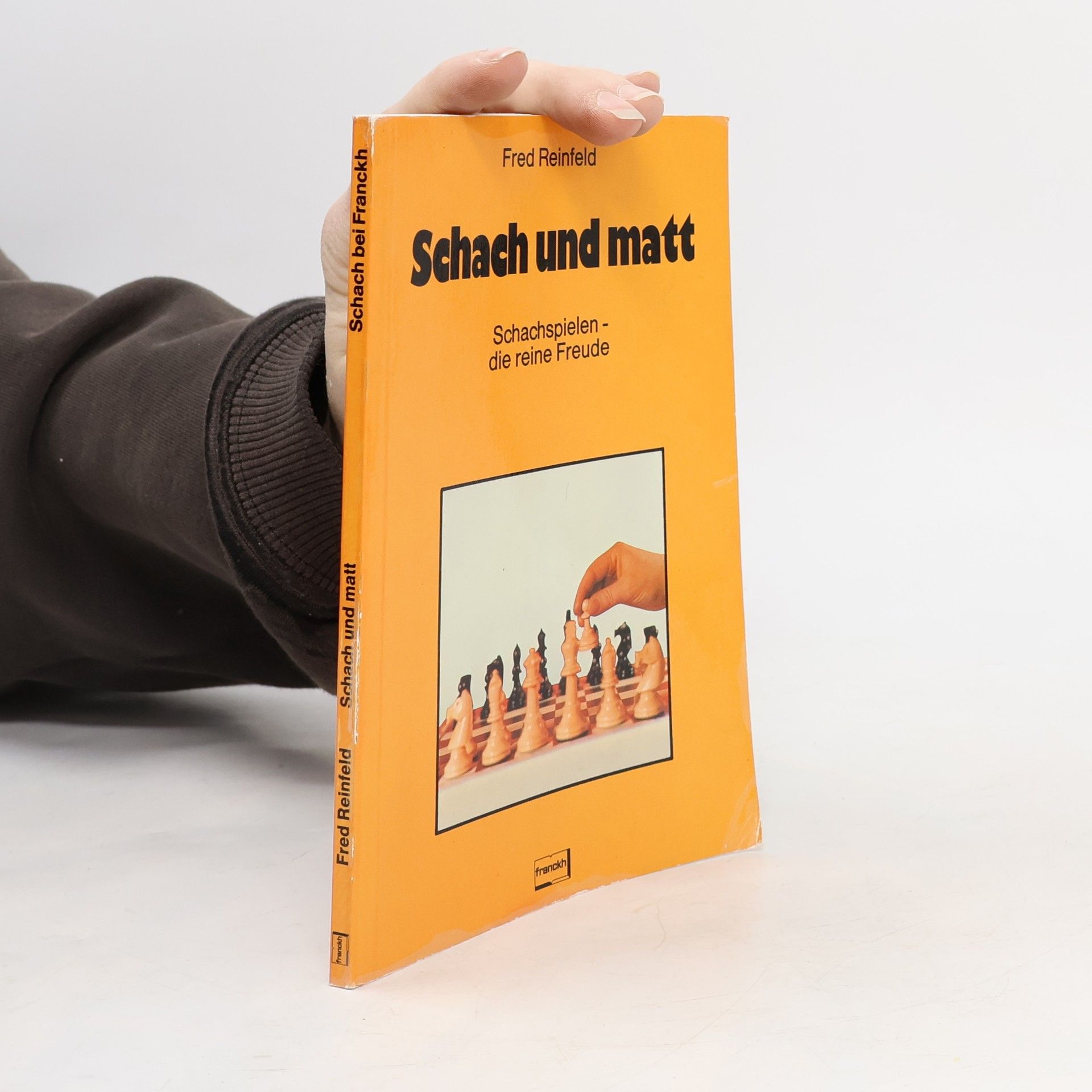Paul Morphy est plus qu'une légende dans l'histoire du jeu d'échecs, il est un véritable mythe. Né dans le Quartier français de La Nouvelle-Orléans en Louisiane en 1837, Morphy est non seulement d'une certaine manière le "fondateur" des échecs en Amérique, mais aussi un joueur très francophile. Cependant, assez étonnamment, si tout novice aux échecs entend rapidement parler de Morphy lorsqu'il commence sa carrière de joueur, les monographies consacrées au personnage et à ses parties commentées demeurent rares, encore plus en langue française. Ainsi, cette traduction du grand auteur de livres d'échecs américain du milieu du XXe siècle Fred Reinfeld vient-elle combler un vide dans la littérature échiquéenne française. Les parties de Morphy sont à la fois plaisantes et riches d'enseignement, en particulier pour les joueurs amateurs cherchant à améliorer leur propre niveau aux échecs. Mises en valeur par les excellents commentaires du pédagogue Reinfeld, elles constituent un matériel pédagogique de grande valeur, aussi bien pour l'apprenant solitaire que pour l'enseignant d'échecs qui pourra les proposer à ses élèves pour illustrer certains grands principes stratégiques du jeu d'échecs, par exemple l'importance du développement, du temps, de la vitesse d'exécution, etc. En résumé, un excellent livre à tous points de vue à recommander sans réserve à tous les joueurs d'échecs quel que soit leur niveau !
Fred Reinfeld Book order






- 2023
- 2016
The Complete Chess Course: 21st Century Edition
- 288 pages
- 11 hours of reading
Generations of chess players have grown up on Fred Reinfeld's books. He has a way of reducing the most intricate, complicated combinations to their basic components. After Reinfeld explains a combination, it makes sense. Reinfeld not only taught us how to play the game well, but also implanted in us his enthusiastic passion for learning. His books are peppered throughout with words and phrases in italics to emphasize ideas. Moves are punctuated with single, double, and even triple exclamation marks and question marks to span the entire spectrum of emotions the moves conjure up. The Complete Chess Course is filled with advice on how to play better chess, regardless of how strong or weak a player you may be. It begins with the most fundamental ideas, reviewing the basic moves of the pieces and pawns, and continues with fantastic examples from the very best players. We are taken through a full course of chess strategy and tactics; he introduces us to the nine bad moves and how to refute them as well as how to avoid making them. We learn how to handle the white pieces and how to fight back with the black pieces. We get a much-needed lesson on how to win the game when we have gained a big advantage, and another, equally important lesson on how to put up the stiffest resistance when in an inferior position. We get treated to a full spectrum of the many ways to make the most of whatever position we get in one of the best chapters of any book I've seen: Book Six on How to Fight Back. Fred guides us through some master games, revealing the secrets of their struggles to overcome strong resistance. These secrets include how to meet the crisis; how to simplify; and the point of no return. Finally, we are treated to an introduction to the major openings, including what to strive for in gambits, classical structures, hypermodern structures, as well as off beat lines. Hint: play to control the center and develop your pieces. Absorb the material included in this volume and you will play chess at a fairly high level. Or read through it all and enjoy Fred's masterful explanations. In either case, you will be entranced by his enthusiasm for the intricate relationships the pieces experience in the context of a game or even a standout plan or combination.
- 1980
- 1977
- 1970
